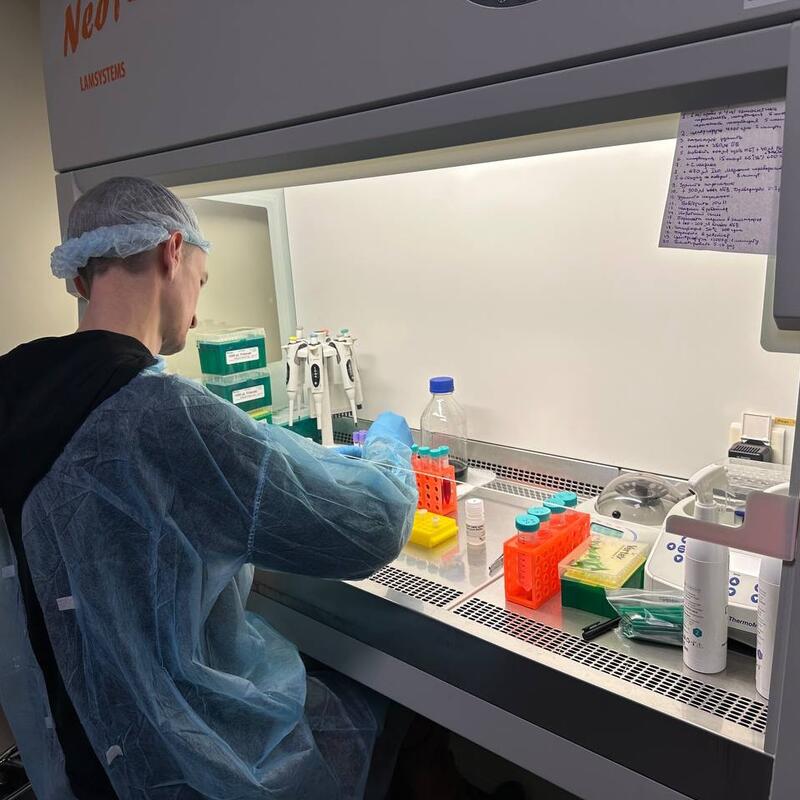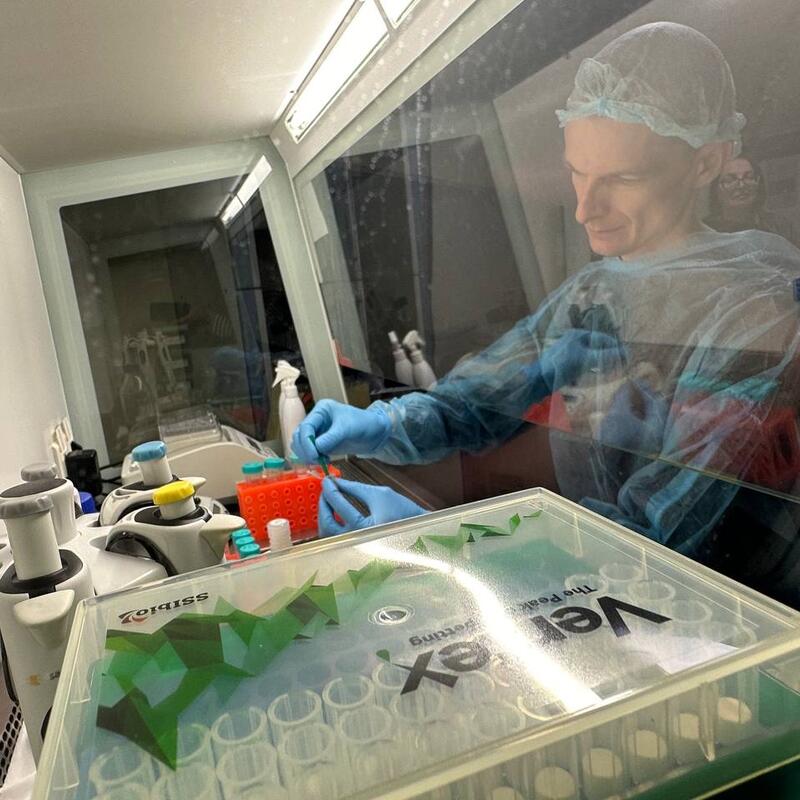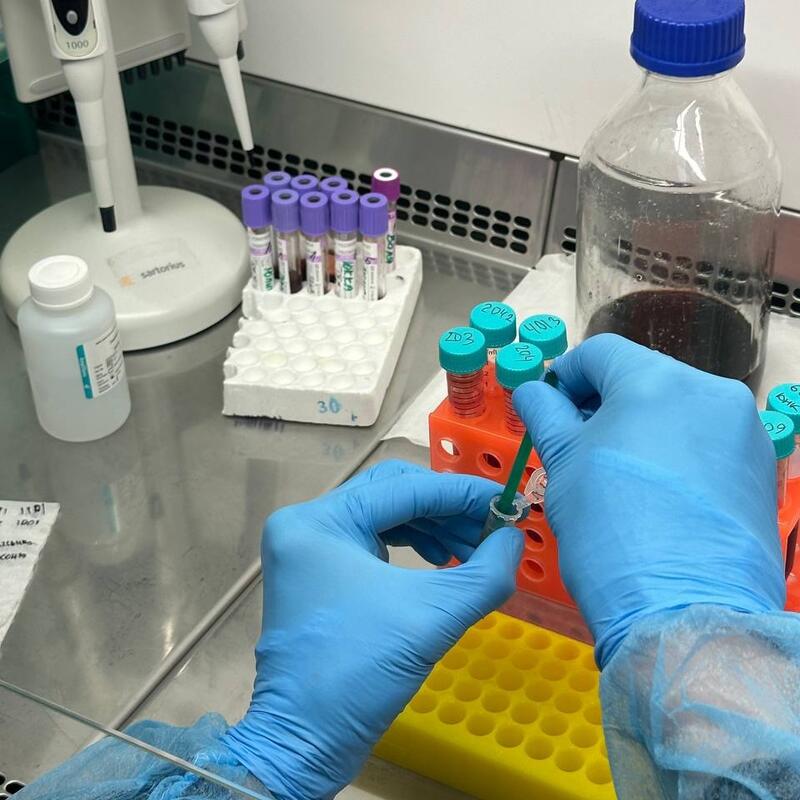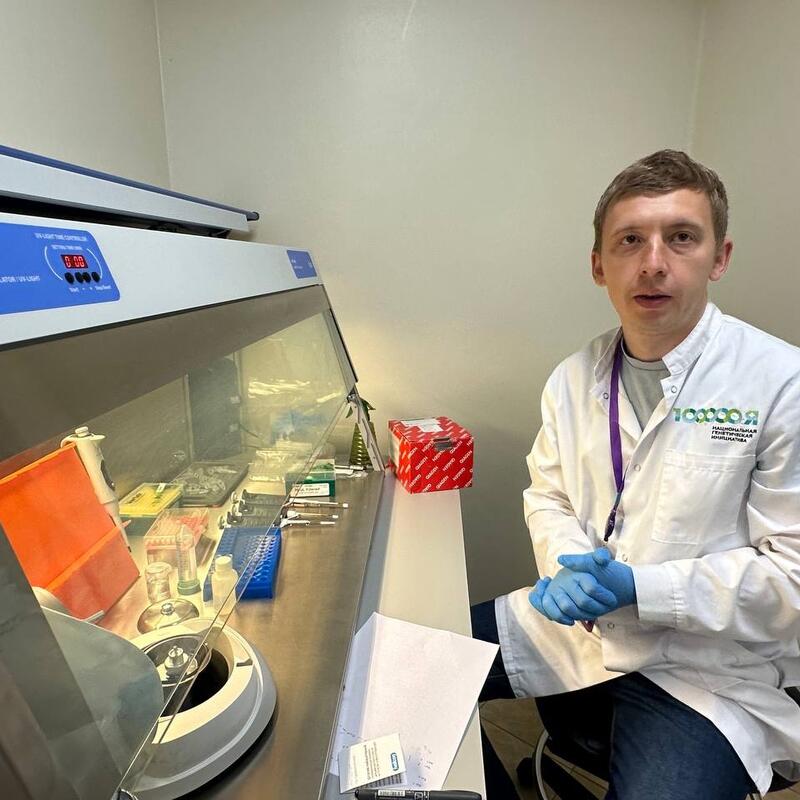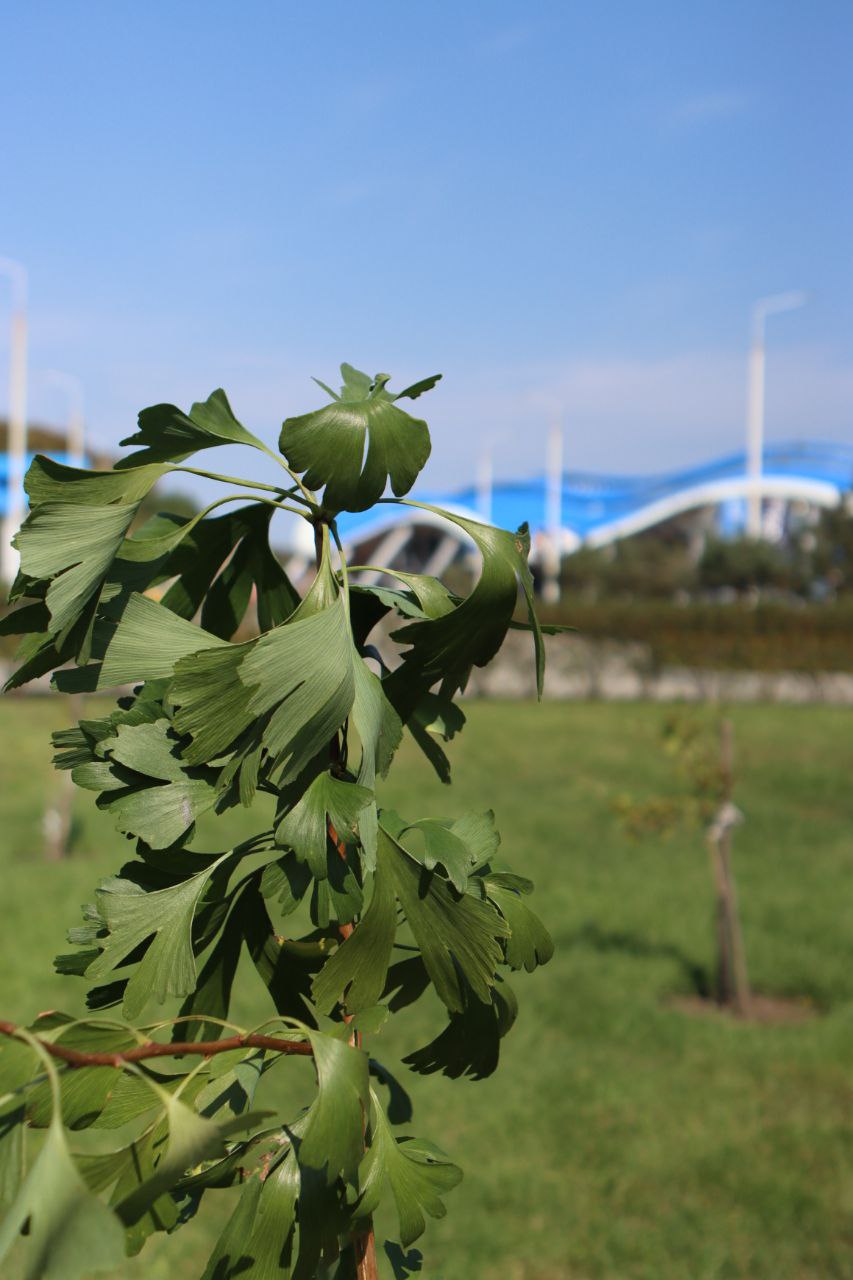In late June geneticists from OOO Biotek Kampus conducted genetic testing of blood samples from marine mammals at the Primorsky Aquarium Shared Equipment Facility. They spent 3 days obtaining RNA and genomic DNA of the beluga whales kept at the Primorsky Aquarium for subsequent genetic sequencing.
OOO Biotek Kampus is a Moscow-based company focused on implementing a federal research and technology program on genetic technology development. The company has started preparations for running a project on study of the genomes of animals inhabiting the Arctic regions. This large-scale and ambitious project aims at expanding the knowledge about animal genetics, which in future will help conserve diversity of the Arctic fauna. To carry out the project, the company concluded an agreement with the Primorsky Aquarium.
Deputy CEO of OOO Biotek Kampus Evgenii Klimuk has noted that the scientific and educational center is a perfect location for genetic research and testing since its animals are regularly examined by the veterinary team, and its labs are fitted with cutting-edge equipment and reagents. According to the researchers, they typically spend no more than 10% of their work time on the process of gene sequencing, and the rest of it is occupied with processing the results.
“To this date, there are several hundreds of fully deciphered genomes of animals that are mainly used for agriculture, medical and pharmaceutical research or that are members of endangered species without regards to their geographical habitat,” said Evgenii Klimuk. “But marine mammals of the Arctic will become the subject of genetic study for the first time. Some seven years ago American geneticists managed to decipher the genome of the Polar bear. They achieved a good result but, nevertheless, it was a rough draft. In our case, we have obtained more accurate results in the chromosome-level assembly.”
Science forges ahead. It took scientists almost 10 years to sequence the first human genome. Today this procedure is less costly and more affordable, with an average turnaround time of only two weeks. One of the newest research methods used by OOO Biotek Kampus is nanopore sequencing. This method is based on the principle that when the DNA molecule passes through a nanopore, it causes changes in the ion current, which can be used to determine the sequence. However, nanopore sequencing requires DNA to be extracted with extreme care and from freshly collected samples, not shipped, in order to prevent it from breaking into small fragments.
The researchers from Moscow have shared their expertise with their counterparts in Primorye, and soon specialists at the Primorsky Aquarium will be able to extract DNA and RNA on their own to contribute to conservation of marine animal species.
General Information
Genome sequencing is reading the information encoded in DNA by determining the nucleic acid sequence.




